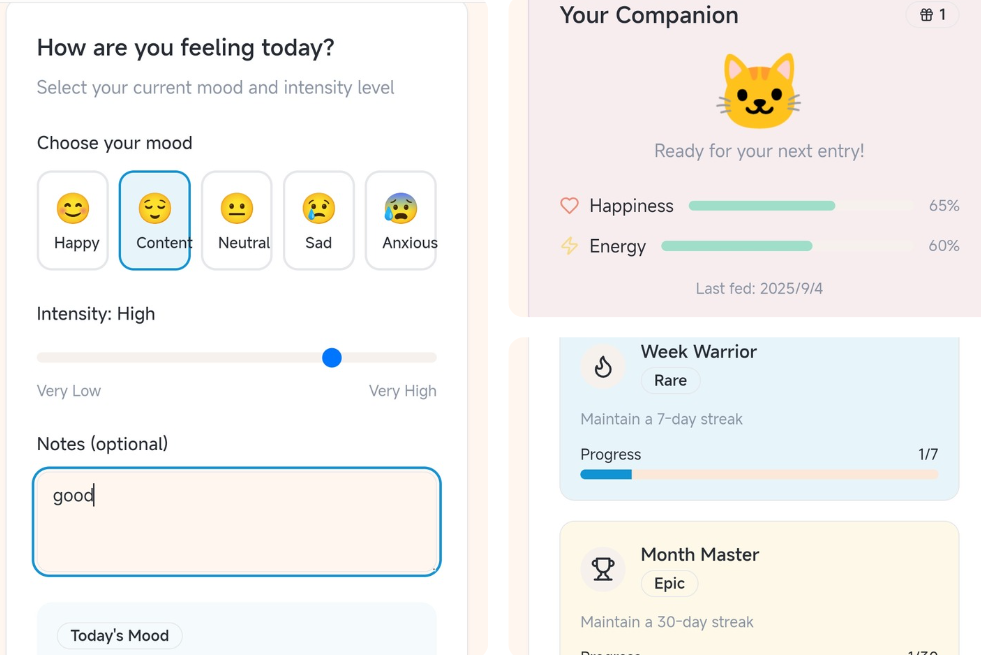How a Non-Technical Marketer Built an AI No-Code App
and What It Taught Me About Product Thinking
🌟 From Linguistics to Product Marketing: a Personal Challenge
My academic background is in linguistics, not computer science. For years, that meant I could understand product ideas but struggled to see how they were built. As a marketer—especially a product marketer—this was a real gap. How could I communicate value if I couldn't grasp the structure behind the product?
But with the rise of AI-powered no-code tools, the barrier lowered dramatically. Suddenly, building a demo became less about writing code and more about expressing ideas.

"If you can describe it, you can now build it."
⚡ How AI and No-Code Changed the Game for Marketers
Tools like Lovable, Glide, Base44, and V0 make it possible to go from concept to clickable demo in hours.
For product marketers, this shift is powerful:
- You can prototype ideas quickly without waiting for engineering
- You can test messaging with something interactive, not just slides
- You can observe real user reactions instead of guessing
Instead of staying at the "campaign" level, I could finally explore the product side of storytelling.
"No-code isn't just a building method—it's a thinking tool for marketers."
🐾 My Experiment: Building MoodyPaws
One of my favorite experiments was MoodyPaws, an AI-powered emotional pet demo app. It started as a small challenge to myself—could I turn mood tracking into something playful?
The idea:
- Each time a user logs their mood, a virtual pet reacts
- Happy moods make the pet energetic; sad moods make it empathetic
- The goal: make self-reflection feel more like interaction
I built the demo in Lovable. I described the situation people may feel in one prompt: "I wanna make up an app to help people get over serious mental problem.."

Lovable generated a working version in minutes:
- Mood input screen
- Pet reaction screen
- Simple mood history
Then I added some AI-driven personality: when the user felt sad, the pet offered gentle encouragement. When happy, it celebrated with them.

In just a few hours, I went from idea → prototype → something I could share with others.
"It was the first time I felt the 'maker's excitement' — not just as a marketer, but as a creator."
✨ What I Learned from No-Code Experiments
Building MoodyPaws taught me lessons far beyond the app itself:
- Marketing clarity: I learned to define the real value proposition — it wasn't "AI-powered mood tracking." It was about making self-care less clinical and more human.
- Product empathy: Small details, like the pet's wording or micro-animations, completely changed how users felt.
- Experimentation mindset: Not every idea has to scale — but every idea can teach you something.
During early tests with a few friends, I noticed that users kept opening the app just to see how the pet would react next. That moment of curiosity—that emotional feedback loop—was the real insight.
🔍 Why This Matters for Marketers
Working on MoodyPaws changed how I approach product marketing: I now see prototyping as part of messaging.
Instead of saying "our product helps you feel better," I can show how it might do that—through a small, interactive demo. This hands-on learning deepened my understanding of user motivation, feature positioning, and value communication.
"You don't need to be a developer to think like a product person. You just need to build one small thing yourself."
✅ Final Thoughts
I don't see myself as a coder. I see myself as someone who uses AI tools to experiment, learn, and connect better with users.
For marketers and creators alike, no-code tools like Lovable and Glide aren't just shortcuts— they're creative partners that help us turn ideas into something real.
Read More
Explore my related post on using AI for vibe coding:
How to Use AI for Vibe Coding: A Step-by-Step Guide❓FAQ
Q1: What is Lovable, and how is it different from Glide?
Lovable uses AI to generate working app prototypes directly from natural language prompts. Glide, on the other hand, is data-driven and great for dashboards or simple trackers.
Q2: Can non-technical marketers really build apps like this?
Absolutely. Tools like Lovable handle most of the coding logic—you just describe your vision and refine the output.
Q3: What's the best way to start experimenting?
Pick a simple concept tied to user emotion or behavior (like "track your energy with emojis") and try describing it to an AI builder. The goal isn't perfection—it's learning through creation.
Ready to experience MoodyPaws?
Try it now